Philosophy
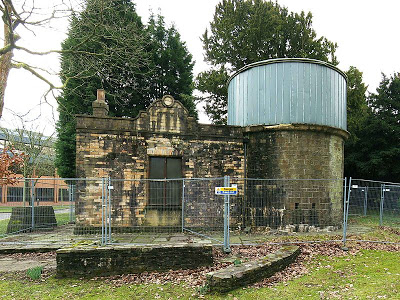
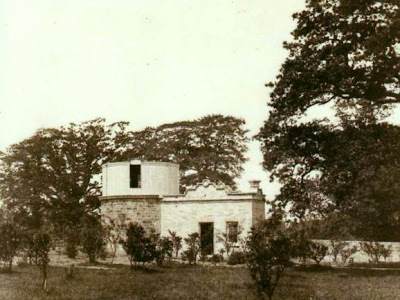
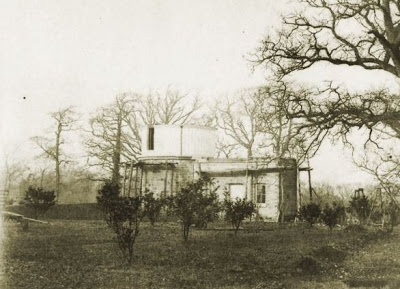
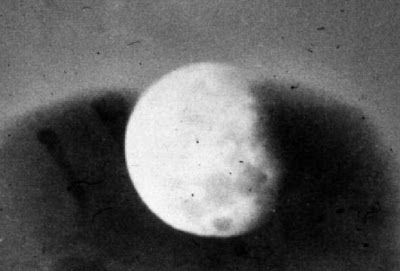
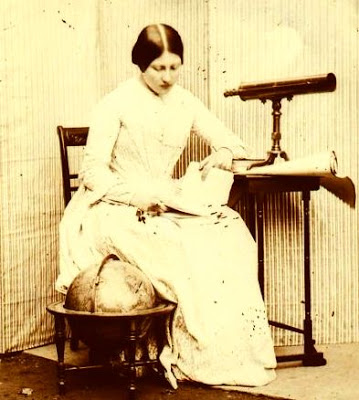
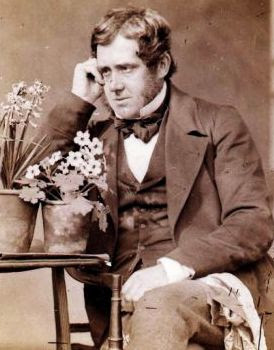
"Victorian space observatory where earliest pictures of the moon were taken is saved for the nation after falling into disrepair"
Observatory on Penllergare estate was crumbling after years of neglect
Pioneer John Dillwyn Llewelyn took early pictures of moon from the site
It has now been saved by a £2.9m Lottery Heritage Fund restoration project
by
James Rush
July 9th, 2013
DailyMail
A Victorian space observatory where some of the world’s earliest photographs of the moon were taken has been saved.
Photographic pioneer John Dillwyn Llewelyn took early pictures of the moonscape in 1857 from the observatory.
The 'nationally important' building on the Penllergare estate, near Swansea, South Wales, was crumbling after years of neglect.
But it has now been saved by a £2.9m Lottery Heritage Fund restoration project.
The astronomical observatory was built in 1846 by wealthy industrialist and renaissance man John Dillwyn Llewelyn - a founder member of the Royal Photographic Society.
After installing a telescope in the building, he and his daughter Thereza captured some of the earliest photographs of the moon.
Llewelyn was a noted botanist, scientist, abolitionist and a health campaigner as well as a world-renowned photographer.
Queen Victoria and Prince Albert bought many of his pioneering works to add to their growing photographic collection.
His invention of the Oxymel process - the use of honey and vinegar to instantly preserve images - in the 1850s meant landscape photographers could do away with cumbersome portable laboratories and darkroom tents.
Llewelyn’s industrialist family owned the Cambrian pottery in Swansea, South Wales, and he inherited Penllergare house and estate in 1833.
He died in 1882, aged 72, and by the 1930s the house and estate began a period of decline.
For more than half a century the Penllergare estate was almost forgotten and the mansion was destroyed and replaced by council offices.
But now the historic observatory and surviving estate woodlands have been saved for the nation by a £2.9m Heritage Lottery Fund grant.
Penllergare Trust chairman Terry Jones said: 'The observatory is the scientific legacy of John Dillwyn Llewelyn.
'It has survived over half a century of neglect along with the picturesque designed landscape garden in the valley below.
'We’re looking forward to bringing this nationally important historic structure back into good condition and conserving it for public benefit.'
John Dillwyn Llewelyn [Wikipedia]
Penllergare [Wikipedia]
- Nassau Astronomical Observing Station Saved
36" Warner & Swasey telescope "Cleveland Foundation donates $200,000 to Observatory Park" August 28th, 2013 The News-Hearld The Geauga Park District has surpassed the halfway mark to its $1.175 million fundraising goal of restoring and renovating...
- Birthplace Of American Astronomy...the Cincinnati Observatory
"How Cincinnati became the "Birthplace of American Astronomy."" by Ann Thompson April 12th, 2013 WVXU The Cincinnati Observatory is celebrating an anniversary this weekend. It was 168 years ago that a prominent Cincinnatian made the city the "Birthplace...
- Astronomy Portal
"UN launches 'Heritage of Astronomy' portal" OBSERVATORIES in Britain, France and the United States, a Pharaonic temple in Egypt, a 3000-year-old pillar in China and a 1920s tower in Berlin have been inscribed on a UN-backed heritage list for...
- Yerkes Observatory...40 Incher...otto Struve [ii]
Okay, "bigger is better"--sort of. And what's the connection with Otto Struve [II]. 150 years ago or so telescopes, the refractor type, were the "thing". Now, in 1847 the Harvard College Observatory had two 15" refracting telescopes...one of which...
- City Observatory, Calton Hill--edinburgh, Scotland
It is a pity. In my community was once the oldest observatory west of the Mississippi River located on the then Park College [now Park University] campus in Parkville, Missouri. Back in the 1960's the 5" telescope provided many late night group observations...
Philosophy
Victorian space observatory restored





Daughter Thereza Llewelyn

John Dillwyn Llewelyn
"Victorian space observatory where earliest pictures of the moon were taken is saved for the nation after falling into disrepair"
Observatory on Penllergare estate was crumbling after years of neglect
Pioneer John Dillwyn Llewelyn took early pictures of moon from the site
It has now been saved by a £2.9m Lottery Heritage Fund restoration project
by
James Rush
July 9th, 2013
DailyMail
Photographic pioneer John Dillwyn Llewelyn took early pictures of the moonscape in 1857 from the observatory.
The 'nationally important' building on the Penllergare estate, near Swansea, South Wales, was crumbling after years of neglect.
But it has now been saved by a £2.9m Lottery Heritage Fund restoration project.
The astronomical observatory was built in 1846 by wealthy industrialist and renaissance man John Dillwyn Llewelyn - a founder member of the Royal Photographic Society.
After installing a telescope in the building, he and his daughter Thereza captured some of the earliest photographs of the moon.
Llewelyn was a noted botanist, scientist, abolitionist and a health campaigner as well as a world-renowned photographer.
Queen Victoria and Prince Albert bought many of his pioneering works to add to their growing photographic collection.
His invention of the Oxymel process - the use of honey and vinegar to instantly preserve images - in the 1850s meant landscape photographers could do away with cumbersome portable laboratories and darkroom tents.
Llewelyn’s industrialist family owned the Cambrian pottery in Swansea, South Wales, and he inherited Penllergare house and estate in 1833.
He died in 1882, aged 72, and by the 1930s the house and estate began a period of decline.
For more than half a century the Penllergare estate was almost forgotten and the mansion was destroyed and replaced by council offices.
But now the historic observatory and surviving estate woodlands have been saved for the nation by a £2.9m Heritage Lottery Fund grant.
Penllergare Trust chairman Terry Jones said: 'The observatory is the scientific legacy of John Dillwyn Llewelyn.
'It has survived over half a century of neglect along with the picturesque designed landscape garden in the valley below.
'We’re looking forward to bringing this nationally important historic structure back into good condition and conserving it for public benefit.'
John Dillwyn Llewelyn [Wikipedia]
Penllergare [Wikipedia]
- Nassau Astronomical Observing Station Saved
36" Warner & Swasey telescope "Cleveland Foundation donates $200,000 to Observatory Park" August 28th, 2013 The News-Hearld The Geauga Park District has surpassed the halfway mark to its $1.175 million fundraising goal of restoring and renovating...
- Birthplace Of American Astronomy...the Cincinnati Observatory
"How Cincinnati became the "Birthplace of American Astronomy."" by Ann Thompson April 12th, 2013 WVXU The Cincinnati Observatory is celebrating an anniversary this weekend. It was 168 years ago that a prominent Cincinnatian made the city the "Birthplace...
- Astronomy Portal
"UN launches 'Heritage of Astronomy' portal" OBSERVATORIES in Britain, France and the United States, a Pharaonic temple in Egypt, a 3000-year-old pillar in China and a 1920s tower in Berlin have been inscribed on a UN-backed heritage list for...
- Yerkes Observatory...40 Incher...otto Struve [ii]
Okay, "bigger is better"--sort of. And what's the connection with Otto Struve [II]. 150 years ago or so telescopes, the refractor type, were the "thing". Now, in 1847 the Harvard College Observatory had two 15" refracting telescopes...one of which...
- City Observatory, Calton Hill--edinburgh, Scotland
It is a pity. In my community was once the oldest observatory west of the Mississippi River located on the then Park College [now Park University] campus in Parkville, Missouri. Back in the 1960's the 5" telescope provided many late night group observations...
